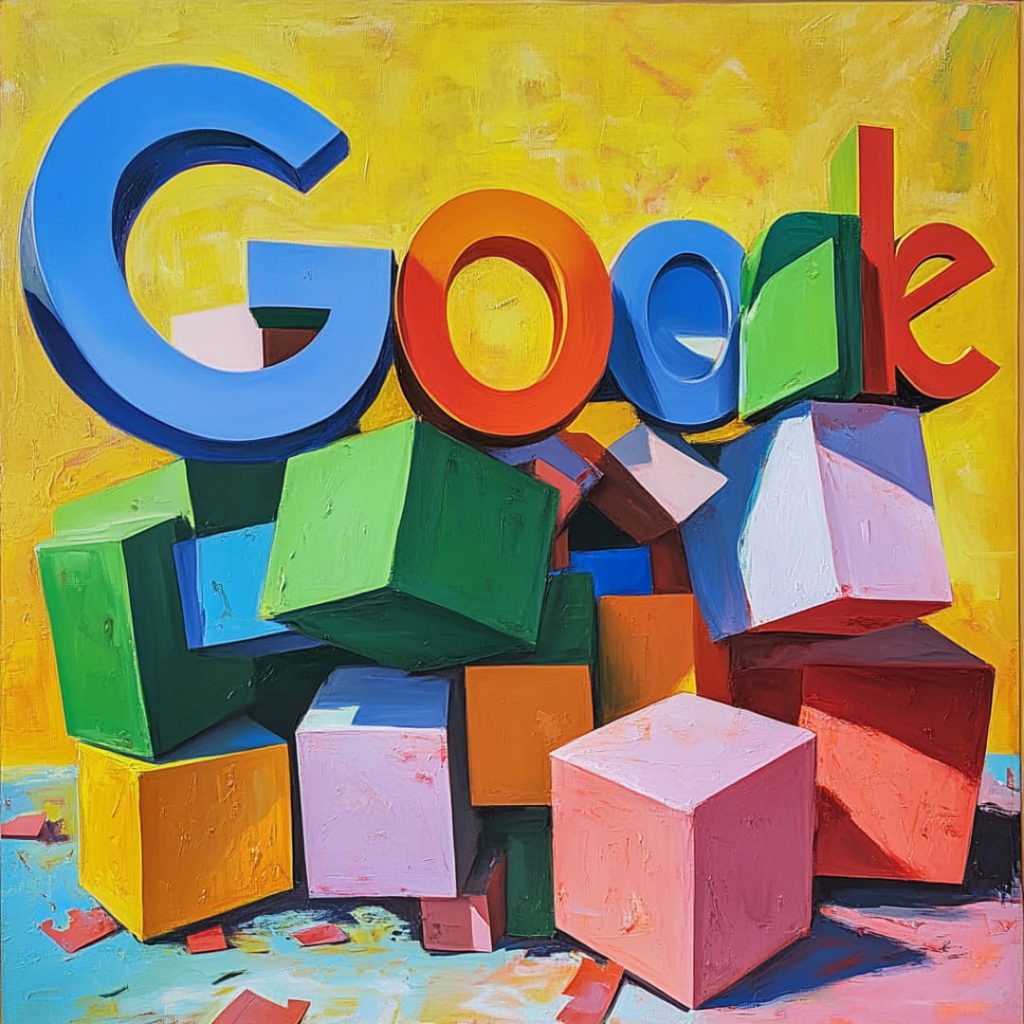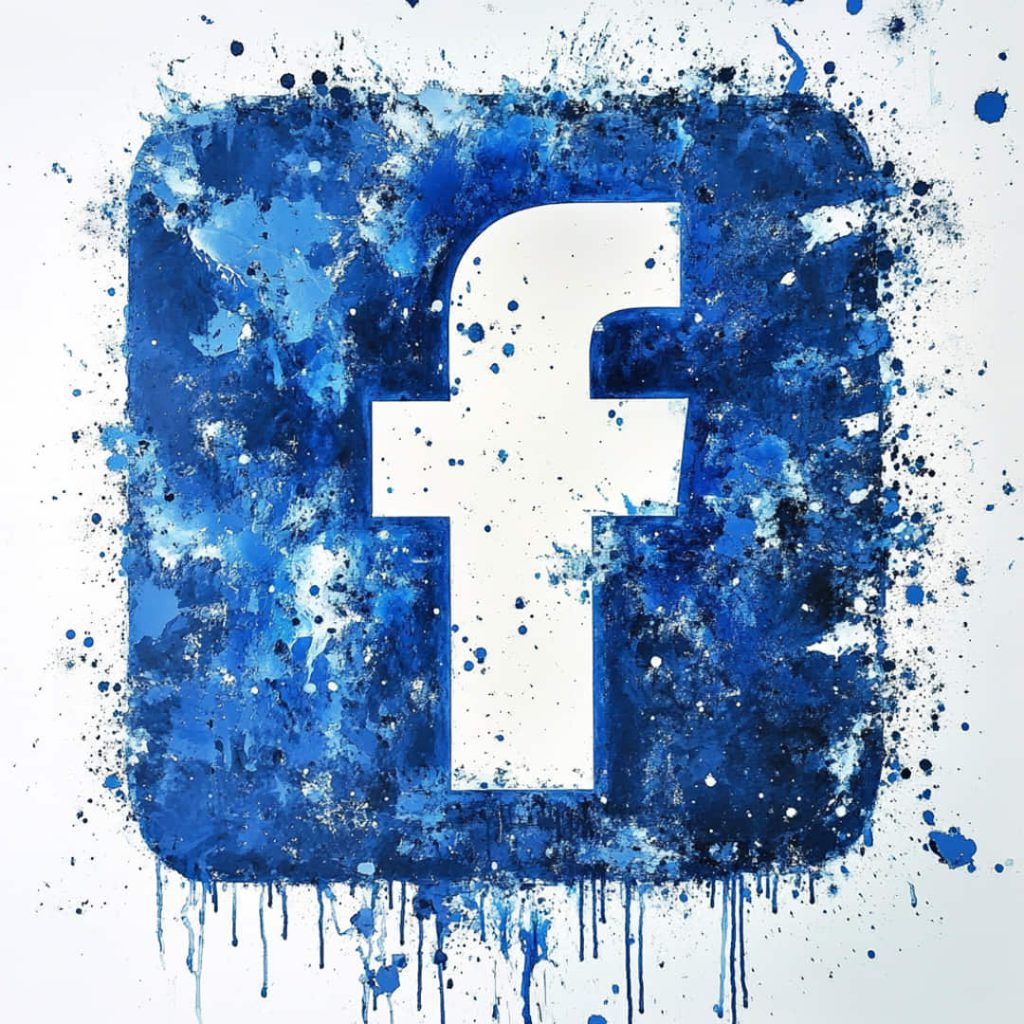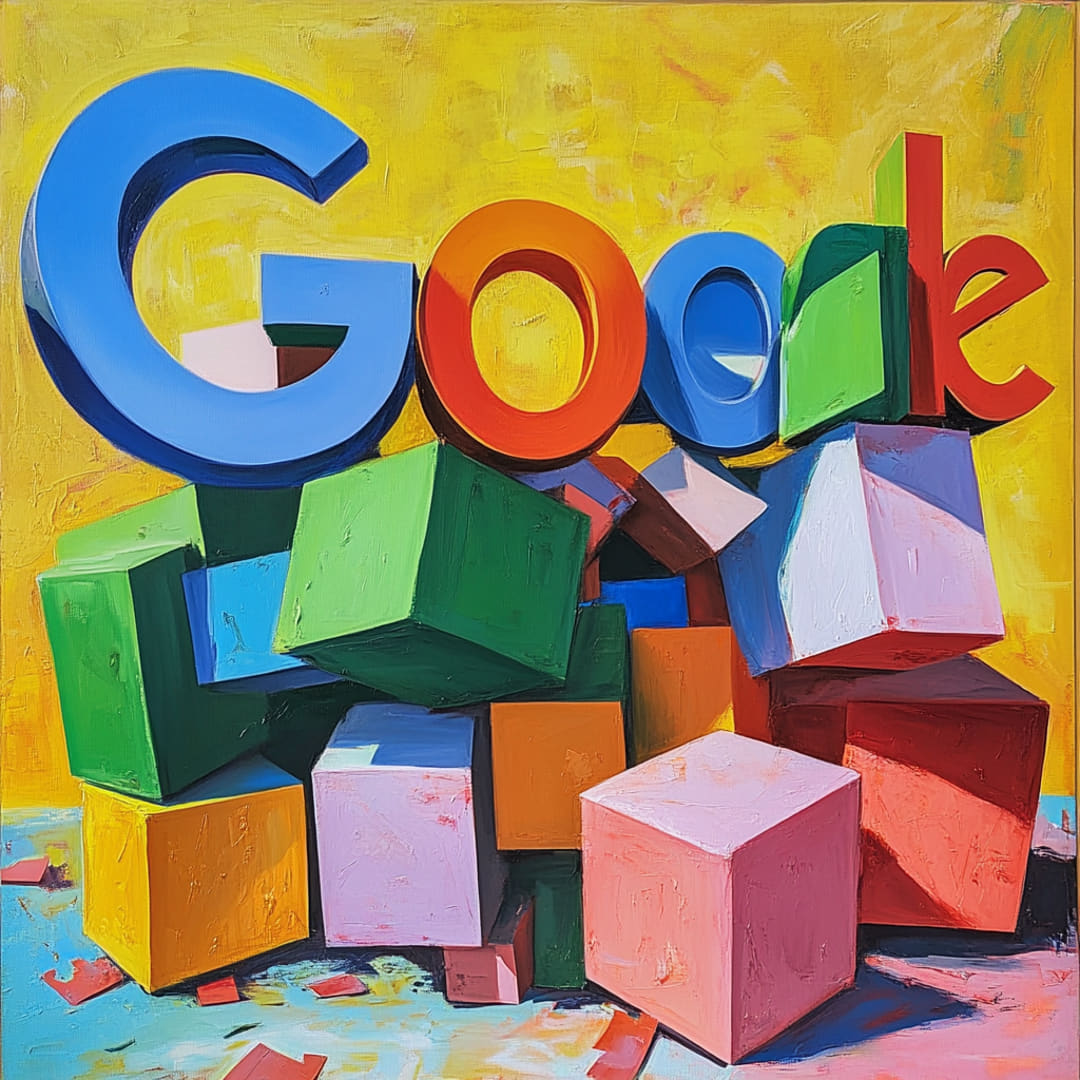As the digital advertising landscape continues to evolve, 2025 has brought significant advancements to Google Ads and Facebook Ads. These platforms remain at the forefront of online marketing, and their latest updates are transforming how businesses reach and engage their audiences. Here’s a breakdown of the key innovations in each platform this year.

Google Ads Updates
1. Enhanced AI-Powered Campaigns
Google has doubled down on artificial intelligence to streamline campaign management. The new „Smart Creative Assistant” uses AI to dynamically generate ad creatives, testing multiple variations to optimize for performance. Advertisers now benefit from highly personalized ads tailored to user preferences and behavior.
2. Voice Search Optimization
With the increasing use of voice-activated devices, Google Ads has introduced enhanced tools for voice search campaigns. Advertisers can now target voice-specific queries and create ad copy designed to align with conversational language.
3. Sustainable Ads Certification
In line with global sustainability trends, Google now allows businesses to earn a „Sustainable Ads Badge.” This certification highlights eco-friendly businesses, giving them a competitive edge in searches.
4. Video First Strategies
YouTube’s integration with Google Ads has expanded, offering more immersive ad formats. The new „Interactive Video Ads” allow users to engage directly with the content, such as clicking to purchase or learn more without leaving the video.
5. Privacy-Centric Targeting
With stricter data privacy regulations, Google Ads has launched „Privacy Sandbox Ads,” focusing on aggregated, anonymized data. This ensures compliance while maintaining effective targeting.

Facebook Ads Updates
1. AI-Driven Ad Creation
Similar to Google, Facebook has introduced „AI-Ad Composer.” This tool leverages Meta’s advanced machine learning algorithms to create and test variations of ads, ensuring high engagement rates.
2. Augmented Reality (AR) Ads
Facebook Ads now include AR functionality, allowing users to try on products virtually or visualize items in their environment. This innovation is particularly impactful for e-commerce, fashion, and home decor brands.
3. Expanded Reels Advertising
Meta has enhanced advertising capabilities within Instagram and Facebook Reels. Brands can now insert short, engaging ads that seamlessly integrate into user-generated content, capitalizing on the popularity of short-form videos.
4. Advanced Custom Audiences
Facebook has refined its audience segmentation tools, allowing advertisers to create hyper-specific custom audiences based on nuanced behavioral and demographic insights.
5. Sustainable Business Features
Meta has introduced new tools to help sustainable businesses stand out. Similar to Google, Facebook now offers badges and features that highlight companies prioritizing eco-friendly practices.

Shared Trends Across Both Platforms
1. Automation and Machine Learning
Both Google Ads and Facebook Ads are prioritizing automation, making it easier for advertisers to set up, manage, and optimize campaigns with minimal manual intervention.
2. Privacy Compliance
With global concerns about data privacy, both platforms are focusing on solutions that protect user data while maintaining ad effectiveness. Innovations like first-party data integration and privacy-compliant targeting are central to these efforts.
3. Immersive Ad Formats
Video and interactive content dominate the advertising space in 2025. Both platforms are enhancing tools to create immersive, engaging ads that capture user attention in increasingly creative ways.
4. Sustainability as a Selling Point
Sustainability – focused advertising has become a key feature for businesses aiming to connect with eco-conscious consumers. Both platforms now offer tools to emphasize green initiatives.
Conclusion
The advancements in Google Ads and Facebook Ads in 2025 are reshaping the digital marketing industry. By leveraging AI, prioritizing privacy, and adopting immersive ad formats, these platforms are enabling businesses to connect with their audiences more effectively than ever. Staying ahead of these trends is crucial for marketers looking to maximize their ROI in a rapidly changing digital landscape.
